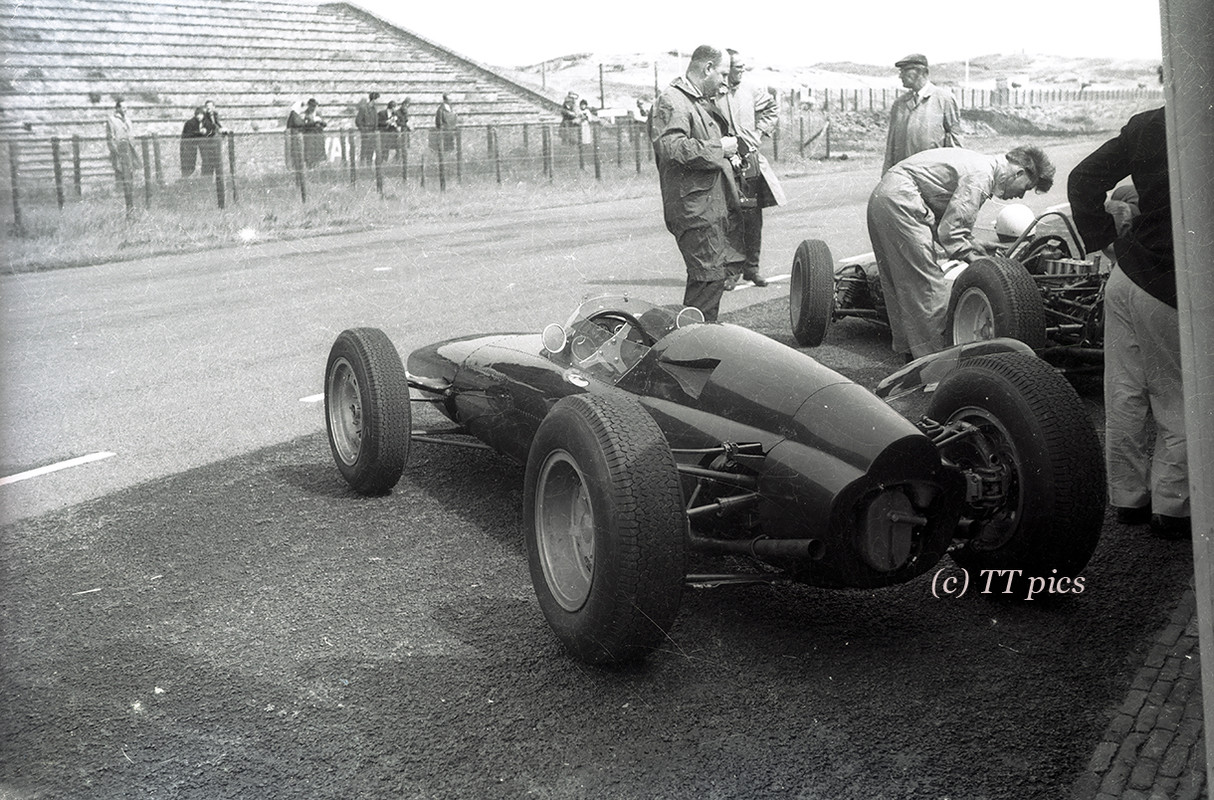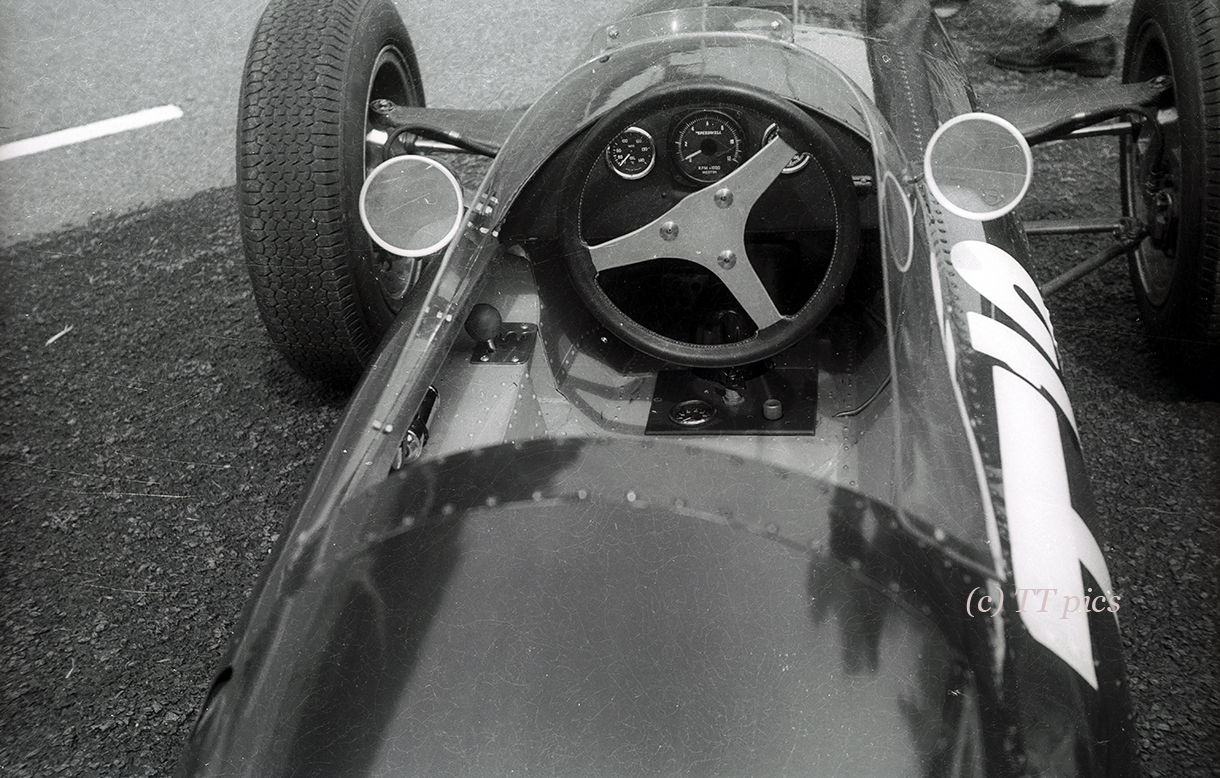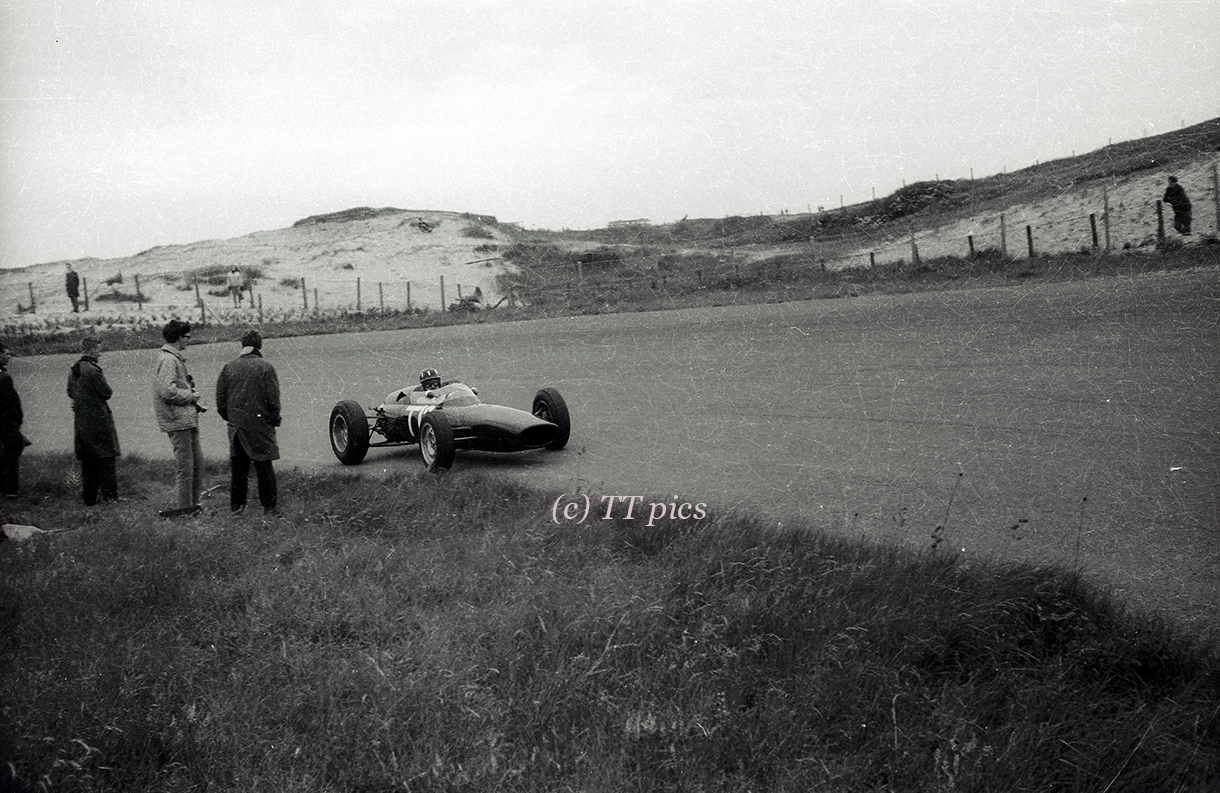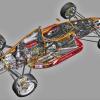A lot of Matters Arising ... Glad they're proving interesting.
Ray, I'm afraid my plumbing knowledge doesn't go beyond wincing at the bill when some watery domestic disaster occurs, but I think a muff joint involves a sleeve between two bits of pipework you want to join. I imagine DSJ came across the term in his aeronautical days at Farrnborough, maybe involving fuselage framework (the Wellington springs to mind). And yes, there would have been some significant dismantling needed for an engine change or even relatively minor fettling, though maybe these muff joints simplified that? I really don't know
Stephen, afraid I don't know which isssue these appeared in, if they appeared at all - I'd imagine there was a 'proper' photographer (Maurice Rowe?) there as well, whose shots would have been more likely to appear in the report, though some of these might have been used in a follow-up Sporting Side a week later. The Grand Prix itself happened on the 23rd June that year, so all being well, the report would have been in the following Wednesday's issue (26/6). These negatives were in a large envelope marked 'For filing' - I imagine my Dad squirrelled them away until a Round Tuit turned up (glad to have completed the task some 57 years later). The Dutch film also includes a few detail shots of a couple of the other cars, which I'll post if anyone's interested. Frustratingly some of the other films in that batch are 120 format, which I don't currently have the technology to scan (including some nice GTOs at the BRDC Silverstone meeting that year).
I understand that despite all the steamship-style riveting, the P61's monocoque wasn't all that rigid, with associated handling problems. DCN will know more. But yes, Ray, quite pretty at this early stage - too early for it even to have gained a BRM badge on the nose, apparently.








































